2021 Ford Ranger Brake Rotors and Pads
Click here to search another vehicle
All Rotors:
OEM x
Coated x
Drilled, Slotted and Coated x
Front x
Rear x
All Pads:
Ceramic x
Semi-metallic x
Front x
Rear x
Found 8 record
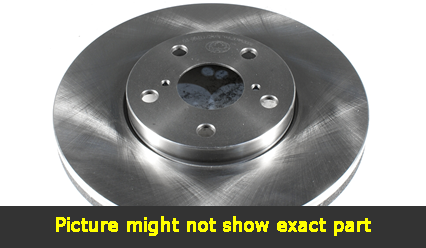
Part No: BR575286
Raybestos:
OE:
Raybestos:
OE:
$65.97 each
Per Car QTY: 2
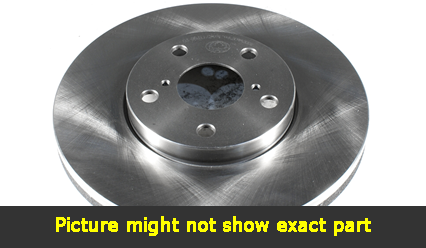
Part No: BR575287
Raybestos:
OE:
Raybestos:
OE:
$48.74 each
Per Car QTY: 2
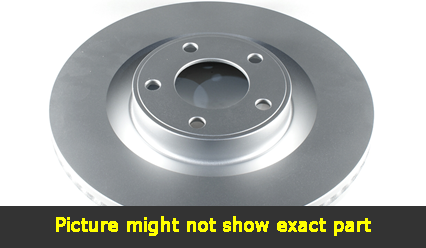
Part No: PP575286
Raybestos:
OE:
Raybestos:
OE:
$80.12 each
Per Car QTY: 2
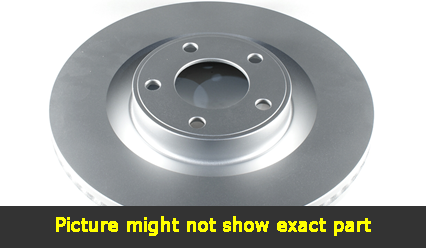
Part No: PP575287
Raybestos:
OE:
Raybestos:
OE:
$59.2 each
Per Car QTY: 2
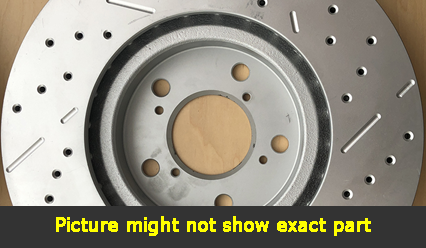
Part No: SP575286L
Raybestos:
OE:
Raybestos:
OE:
$116.57 each
Per Car QTY: 1
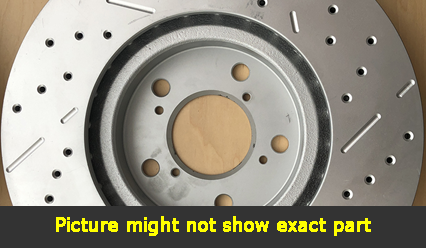
Part No: SP575286R
Raybestos:
OE:
Raybestos:
OE:
$116.57 each
Per Car QTY: 1
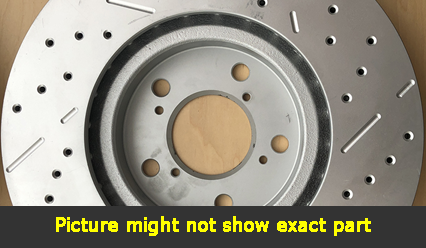
Part No: SP575287L
Raybestos:
OE:
Raybestos:
OE:
$91.6 each
Per Car QTY: 1
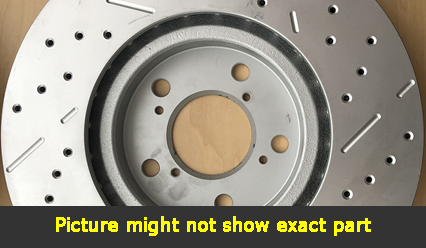
Part No: SP575287R
Raybestos:
OE:
Raybestos:
OE:
$91.6 each
Per Car QTY: 1
Choosing the right brakes for your 2021 Ford Ranger is an important decision to ensure optimal performance and safety. With a wide variety of options available in the market, it can be overwhelming to find the perfect set that meets your requirements. However, by considering certain factors and understanding the different types of brakes, you can make an informed decision. In this article, we will guide you through the process of choosing brakes for your brand-new Ford Ranger.
1. Understand your driving style: The first step in selecting brakes is to determine your driving habits and style. Are you mainly using your Ford Ranger for off-road adventures, daily commuting, or heavy towing? Each activity places different demands on the vehicle's brakes, and choosing brakes tailored to your needs will ensure their effectiveness and longevity.
2. Consider OE (Original Equipment) brakes: OE brakes are specifically designed by the manufacturer to fit your vehicle. They are often a reliable choice as they meet the vehicle's performance requirements and are designed to work seamlessly with other components. If you're satisfied with the original brake performance, replacing them with OE brakes is a safe and convenient option.
3. Brake pad materials: Brake pads are one of the most crucial components of a braking system. They determine the stopping power, noise levels, and durability. There are three common brake pad materials:
- Semi-metallic: These brake pads are made from a combination of metal fibers and fillers, offering excellent stopping power but may produce more noise and generate more brake dust.
- Ceramic: Ceramic brake pads are known for their quieter operation, reduced brake dust, and better heat dissipation. They provide reliable stopping power for everyday driving but may have a higher cost compared to other options.
- Organic: Organic brake pads are made from non-metallic fibers, including rubber, glass, and Kevlar. They offer a smooth and quiet operation but tend to wear out faster and provide less stopping power.
4. Consider the rotor types: The rotor is the disc that the brake pads clamp on to create friction and stop the vehicle. There are different rotor types to choose from:
- Solid rotors: These are the simplest and most affordable option. They are suitable for regular daily driving, but may not be the best choice for heavy towing or aggressive off-roading.
- Vented rotors: Vented rotors have vanes in between the two rotor surfaces, enhancing heat dissipation and reducing brake fade. They are typically recommended for heavier loads or vehicles involved in towing activities.
- Slotted or drilled rotors: Slotted or drilled rotors have grooves or holes that help dissipate heat and prevent the buildup of brake dust and gases. They can offer improved performance and are commonly used for high-performance applications. However, they may be more prone to cracking and are not always recommended for extreme off-roading.
5. Quality and brand reputation: When it comes to brakes, it's important to choose a reputable brand known for producing high-quality, reliable products. Look for brands that have a good track record among vehicle owners and enthusiasts. Reading reviews and seeking advice from automotive experts can also be beneficial in selecting trustworthy brake manufacturers.
6. Consult with professionals: If you're unsure about the brake options for your Ford Ranger, it's always recommended to consult with automotive professionals or technicians. They have the expertise and knowledge to guide you on the best choices based on your specific needs and budget.
By considering these factors and conducting thorough research, you can confidently choose the brakes that best suit your 2021 Ford Ranger. Remember, the safety of your vehicle and passengers heavily relies on a well-maintained braking system, so make this decision wisely.
1. Understand your driving style: The first step in selecting brakes is to determine your driving habits and style. Are you mainly using your Ford Ranger for off-road adventures, daily commuting, or heavy towing? Each activity places different demands on the vehicle's brakes, and choosing brakes tailored to your needs will ensure their effectiveness and longevity.
2. Consider OE (Original Equipment) brakes: OE brakes are specifically designed by the manufacturer to fit your vehicle. They are often a reliable choice as they meet the vehicle's performance requirements and are designed to work seamlessly with other components. If you're satisfied with the original brake performance, replacing them with OE brakes is a safe and convenient option.
3. Brake pad materials: Brake pads are one of the most crucial components of a braking system. They determine the stopping power, noise levels, and durability. There are three common brake pad materials:
- Semi-metallic: These brake pads are made from a combination of metal fibers and fillers, offering excellent stopping power but may produce more noise and generate more brake dust.
- Ceramic: Ceramic brake pads are known for their quieter operation, reduced brake dust, and better heat dissipation. They provide reliable stopping power for everyday driving but may have a higher cost compared to other options.
- Organic: Organic brake pads are made from non-metallic fibers, including rubber, glass, and Kevlar. They offer a smooth and quiet operation but tend to wear out faster and provide less stopping power.
4. Consider the rotor types: The rotor is the disc that the brake pads clamp on to create friction and stop the vehicle. There are different rotor types to choose from:
- Solid rotors: These are the simplest and most affordable option. They are suitable for regular daily driving, but may not be the best choice for heavy towing or aggressive off-roading.
- Vented rotors: Vented rotors have vanes in between the two rotor surfaces, enhancing heat dissipation and reducing brake fade. They are typically recommended for heavier loads or vehicles involved in towing activities.
- Slotted or drilled rotors: Slotted or drilled rotors have grooves or holes that help dissipate heat and prevent the buildup of brake dust and gases. They can offer improved performance and are commonly used for high-performance applications. However, they may be more prone to cracking and are not always recommended for extreme off-roading.
5. Quality and brand reputation: When it comes to brakes, it's important to choose a reputable brand known for producing high-quality, reliable products. Look for brands that have a good track record among vehicle owners and enthusiasts. Reading reviews and seeking advice from automotive experts can also be beneficial in selecting trustworthy brake manufacturers.
6. Consult with professionals: If you're unsure about the brake options for your Ford Ranger, it's always recommended to consult with automotive professionals or technicians. They have the expertise and knowledge to guide you on the best choices based on your specific needs and budget.
By considering these factors and conducting thorough research, you can confidently choose the brakes that best suit your 2021 Ford Ranger. Remember, the safety of your vehicle and passengers heavily relies on a well-maintained braking system, so make this decision wisely.


